Can diabetics eat dried fruits like melon seeds and walnuts?
Thank you for your invitation. Steady Sugar has always been focusing on providing services and sugar control references for sugar lovers.
Some time ago, the stable sugar gentleman went home for the New Year, sorry, today to answer, hope it is not too late!
You can say it like this: there is no food that sugar lovers can't eat, only the amount and time of eating. As for dried fruits during the New Year, because sugar lovers are eaten as snacks, accidentally eat more blood sugar is easy to soar. Here are a few kinds of dried fruits suitable for sugar lovers to eat
1. Cashews
Containing dietary fiber and calcium, magnesium and iron, have the effect of lowering cholesterol and blood sugar, but the saturated fatty acid and sugar content is high, more food is not conducive to the control of blood sugar, and easy to cause atherosclerosis.
Cashews (calories 522kcal/100g), serving size: 10-15 per day is appropriate.
2. Pistachio
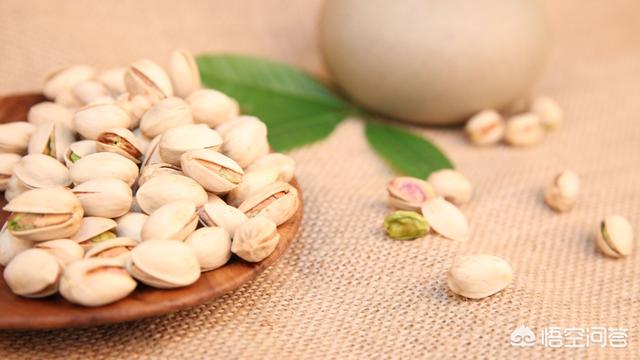
Pistachios contain a large amount of monounsaturated fatty acids and niacin, pantothenic acid and a variety of minerals, which have the effect of lowering the level of total cholesterol in the body, improving the body's immunity and enhancing the sensitivity of the body's insulin.
Pistachios (calories 614kcal/100g), not more than 10 if eaten by sugar lovers
3, Haiko
Hazelnuts are rich in monounsaturated fatty acids and carotenoids, among other substances, which have the effect of benefiting the qi and brightening the eyes.
Hazelnut is rich in vitamin E, which can promote the secretion of insulin and effectively control the rapid rise of blood sugar. It is also rich in calcium, phosphorus, iron and other minerals that help to lower blood sugar, which can effectively control the condition. It is also very suitable for regular consumption by sugar lovers with symptoms of liver and kidney deficiency such as night sweating and increased night urination. Hazelnut (calorie 542 kcal/100g), sugar patients to eat less than 10 per day
4, Chestnut
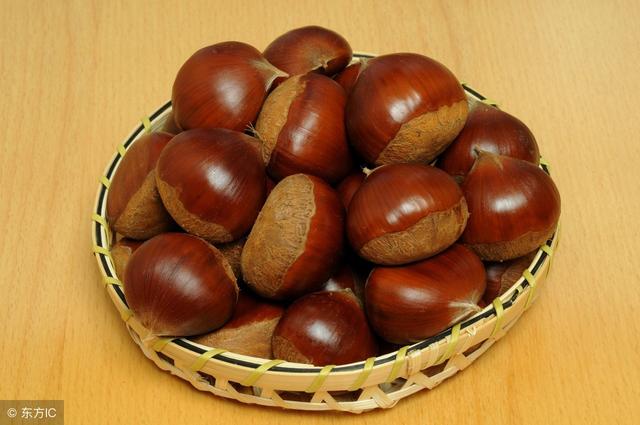
Chestnut is rich in dietary fiber, and dietary fiber in the gastrointestinal water expansion, volume increase, can slow down the absorption of glucose, reduce the stimulation of insulin secretion, but also increase the binding of insulin and insulin receptor, reduce the secretion of glucagon, so that glucose is maintained at a lower level. However, it is not suitable to eat too much of it because of its high sugar content and calories (212kcal/100g). 5 capsules per day is the best
Others, such as sunflower seeds, peanuts, walnuts, pine nuts, etc., are not recommended by Steady Sugar for sugar lovers either because of excessive calories or high fat.
Thanks for the invitation!
Melon seeds, walnuts and other dried fruits are very satiating and not easy to cause blood sugar fluctuations. Resistant to hunger is due to high fat content, 20 peanut rice, two walnuts is equivalent to 25 grams of calories of staple food, 100 grams of peanut rice heat 500 kcal, is a day should be intake of calories 1/3, if this part of the calorie is not included in the calculation is bound to result in a day's intake of calories seriously exceeded the standard.
At the beginning of the last century, the medical profession believed that high blood sugar was mainly due to the intake of staple foods, and therefore advocated that the proportion of carbohydrates in the diet of diabetics should be low. However, with the progress of science and technology, scientists' understanding is constantly changing, in 1921 the requirements of the patient is carbohydrates accounted for 20% of the total amount of food, in 1950 it was 40%, in 1971 it was mentioned as 45%, in 1986 it was considered to be 60%, and in 1994 it was considered that it should be the same as a normal person, accounting for 65%. Rice and noodles, a kind of staple food generally contains about 75% of carbohydrates. Carbohydrates are the main source of calories, if carbohydrate intake is too low, the body will use protein, fat thermogenesis, too much fat metabolism will produce more ketoacids, further causing three major metabolic disorders, and even produce ketoacidosis. Scientists recognize that sugar is an important factor in stimulating insulin secretion, and the principle of diabetes dietary treatment is to control the total calories of a balanced diet. Staple food is the cheapest and most direct source of calorie supply, under the premise of total calorie control, the intake of staple food should be relaxed. Carbohydrates in the human body is 60-65% of the calorie production ratio, protein, carbohydrates per gram of heat 4 kcal, fat heat up to 9 kcal, more than protein, carbohydrates, 2 times. Therefore, simply control the staple food without controlling the total calories, intake of excessive fat-containing nuts, will cause the total calorie is too high, blood sugar control will not be ideal and stable, but also not conducive to the control of the disease.
High fat is one of the causes of diabetes and its insulin resistance syndrome, so diabetics are not advocated to eat a lot of nuts and high-fat foods. Recommended amount of nuts for diabetic patients: 25-35 grams/day is appropriate, if excessive amount must reduce the amount of cooking oil.
Hello, I'm Dietitian Sugar and I'm happy to answer your questions.
Certain nuts (such as pistachios) for the control of blood sugar is still beneficial, but sugar lovers still need to eat in moderation, generally eat 100g ~ 120g per week (about 2 two) is more appropriate, and should also be reduced accordingly with calorie intake of staple foods Oh ~
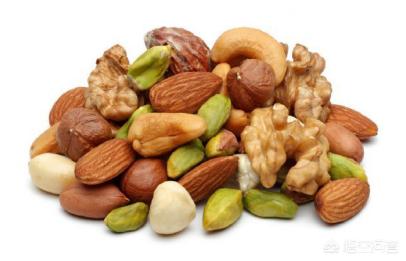
Nuts are one of the snacks respected by nutritionists, it contains fat, carbohydrates, protein, vitamins, minerals and dietary fiber and other nutrients, moderate consumption is beneficial to human health. Nuts are generally divided into two categories: one is the tree nuts, including almonds, hazelnuts, walnuts, pine nuts, chestnuts, white nuts (ginkgo), pistachios, macadamia nuts, etc.; the second is the seed category, including peanuts, sunflower seeds, pumpkin seeds, watermelon seeds. Although the oil content of nuts is high, but mostly healthful high-quality unsaturated fatty acids, can prevent atherosclerosis and other cardiovascular diseases. Nuts rich in strong antioxidant substances can also anti-aging, have the effect of preventing wrinkles and pigmentation.
About the sugar-lowering effect of nuts, the United States Harvard University researchers found that: women eat more nuts in moderation can effectively prevent the occurrence of type 2 diabetes. Nuts contain unsaturated fatty acids, fiber and magnesium can improve the body's insulin secretion and insulin on the breakdown of sugar, so as to achieve the role of blood sugar control. But at the same time nuts are high-calorie food,, in the consumption of nuts should pay attention to the right amount, generally eat 100g ~ 120g per week is more appropriate.
In the selection of nuts should also pay attention to: 1. spoiled nuts do not eat, many nuts are susceptible to such as aflatoxin infestation. Aflatoxin-induced acute poisoning, mainly damage to the liver, but also can induce cancer; 2. have haram flavor nuts can not be eaten, nuts stored improperly or for a long time will produce the phenomenon of rancidity, we often say "haram flavor", not only taste bad, but also harmful to health; 3. try to choose the original flavor of the non-fried nuts, nuts After frying not only destroy the B vitamins contained, but also add a lot of extra fat and calories. Non-original flavor of the nuts in the processing to add a lot of seasoning or chemical substances, these are not good for the body, while the original flavor of the nuts will be relatively good quality.
Sugar man health network, a temperature control of sugar platform, welcome to pay attention to the questions and answers!
Diabetics can consume nuts in moderation not only because they contain unsaturated fatty acids, which can lower total blood cholesterol and help prevent the onset and development of atherosclerosis, but also benefit the pancreatic function of diabetics.
Why is it that nuts are also good for insulin function in diabetics?
Nuts are rich in chromium and niacin.
铬
Generally, chromium in the tissues decreases with age, the chromium content of newborns is higher than that of children, the chromium content of children is higher than that of adults before the age of 3, and gradually decreases to the level of adults after the age of 3. Adults gradually decrease the chromium content with the increase of age, which often results in the phenomenon of chromium deficiency in the elderly. Moreover, diabetic patients are more prone to chromium deficiency.
Physiological functions of chromium:
(1) Enhancement of insulin action;
(2) Promote the utilization of glucose and the conversion of glucose into fat: chromium is closely related to fat metabolism, and chromium can increase the levels of HDL and apolipoprotein A and lower serum cholesterol levels, which has the effect of preventing atherosclerosis.
Physiologic functions of niacin:
(1) Involved in material and energy metabolism in the body;
(2) Associated with the synthesis of nucleic acids;
(3) Lowering blood cholesterol levels;
(4) Components of Glucose Tolerance Factor: Glucose Tolerance Factor (GTF) is a complex consisting of trivalent chromium, niacin, and glutathione, which may be a cofactor for insulin, and has the effect of increasing glucose utilization and facilitating the conversion of glucose to fat.
However, too much nut intake can easily lead to excess energy fat accumulation, soIt is recommended that diabetics consume 50-70 grams of nuts a week, averaging about 10 grams a day.
If you have any questions, you can leave them in the comments section and I'll respond when I see them.
The above answer is provided by Ms. Song Mingyue, a registered dietitian of MicroSugar

Thanks for the invitation, for melon seeds, pistachios, walnuts and other nuts, diabetic people can certainly eat, this is not any problem, but to control the quantity, you can eat, but eat sparingly, and find a good time to consume the point.
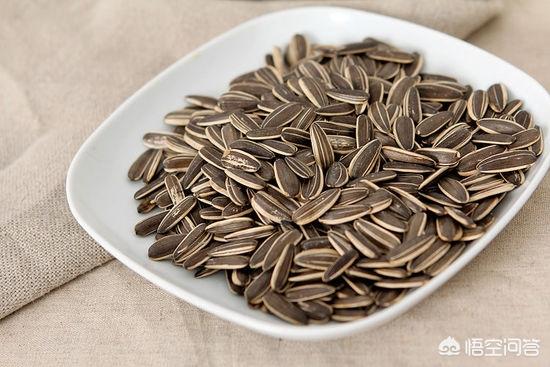
For melon seeds, peanuts and other nuts, which are rich in fats and oils, itself is a high-calorie food, eat more will cause excess energy and other problems, a gram of fat in the body to supply 9 kcal, more than carbohydrates (staple foods) and protein (fish, poultry, eggs and meat) for energy two times more, eating too much can easily lead to the total energy exceeds the limit, which will also lead to the situation of elevated blood glucose.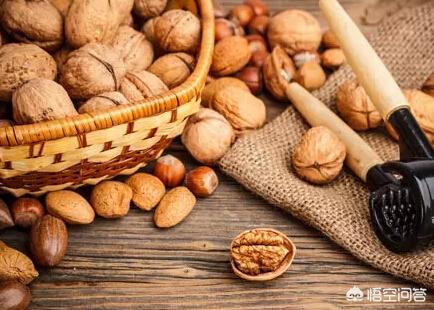
In other words, for nuts such as melon seeds, you can eat, both fatty acid substances and mineral elements, the body needs, but must be limited, and after eating nuts to additionally reduce the intake of fats and oils that day.
How do you eat nuts most reliably?
Nuts, it is recommended that you eat them, but they must be eaten reliably, especially for diabetics.
Small amounts and moderation are the way to go:
Often said that the amount of moderation, but in fact, many people are not clear about the amount of moderation is how a concept, it is recommended that people with diabetes daily intake of nuts no more than 20 grams, and the day to properly reduce the intake of fatty foods.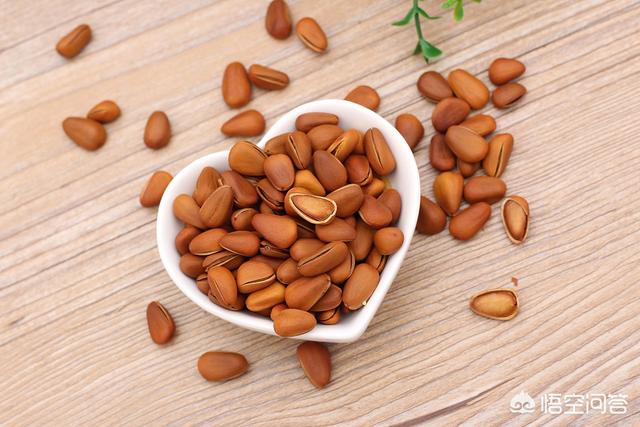
Choose carefully, choose original flavors with less oil, less grease:
There are a variety of nuts on the market, it is recommended to choose nuts produced by regular high-quality manufacturers, pay attention to the date as well as labeling information, choose the original flavor of nuts, reject a variety of oil and salt, five spices and other flavors of nuts to reduce the intake of energy substances.
Spoilage needs to be thrown away, so please don't be cheap:
If the nuts have been spoiled and moldy, it is recommended to throw them away directly, otherwise aflatoxin can easily cause irreversible harm to the body.
What time do I eat?
It is recommended that you can eat nuts for breakfast or between meals to avoid conditions that cause blood sugar to rise.
Diabetic eating nuts, you can eat them, but you have to eat them reliably.
Someone in my family has had diabetes, so I'm qualified to talk about it, and a lot of people are concerned about can you eat this with diabetes? Can you eat that? I say diabetes can eat anything, just control the amount of normal people like eating something too much is not good. The body is already sick, or metabolic disease, lack of various nutrients, if you do not eat, how can the disease be good? Good habits, regular life, mood, the disease can be relieved, and will even recover. As long as the nature gives us food, can be eaten safely, remember not to overdo it on the line!
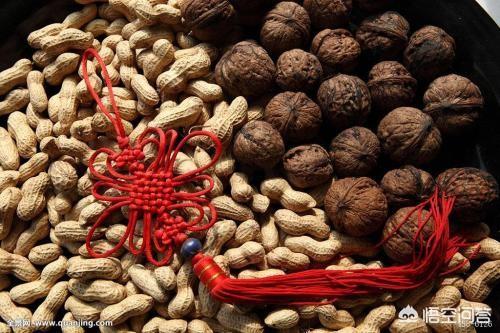
If you want to eat is not a problem, but for such as melon seeds, walnuts, such as high fat nuts, not suitable for eating, not only diabetic patients should not eat more, for normal people should also control the amount.
Nuts are high-energy foods that contain a lot of beneficial fatty acids and nutrients that are good for the body when consumed in moderation, but their total intake should also be counted as part of the body's main calorie intake for the day.
Nuts are divided intoHigh-fat nuts和High starch nuts。
Nuts with a fat content of more than 40% are high-fat nuts (walnuts, lentils, almonds, cashews, peanuts, melon seeds, pistachios, pine nuts, etc.); nuts with a carbohydrate content of more than 40% are high-starch nuts (lotus seeds, white nuts, Gorgon fruit, chestnuts, etc.).
The 2016 Dietary Guidelines for Chinese Residents have a clear requirement for soybeans and nuts of 25 to 30 grams per day. Throw in soybeans, and nuts are recommended at an average of 50 to 70 grams per week, or about ten grams per day on average. About a handful or so of peanuts and melon seeds in their shells, and one to two walnuts.
In fact, two walnuts a day will fulfill the body's n3 polyunsaturated fatty acid requirements.
For diabetic patients, if you want to eat nuts, it is also best to eat the same as eating fruits, eat when the blood sugar control is stable, relatively speaking, will be better, it is best to be placed between meals, as a meal to eat, to meet the needs of the mouth when lonely. But it is best to divide the nuts into a small portion, a small portion, so as to avoid eating when you can not control, accidentally eat more. A moderate amount of nuts per week is good for heart health. But never eat a day the amount of a week's worth of nuts.
Although nuts are good, do not eat them greedily! When you eat them, your intake of fats and oils will increase. It is possible that your total energy for the day will go overboard! Remember one fact.A handful of nuts is equivalent to a bowl of rice.

Thanks for the invitation. First of all this question, let's analyze it separately:
1 Nut
Nutrition:
1) Rich in fat and protein, high in energy
2) Rich in minerals, vitamin E, B vitamins
3) Rich in fats Nuts are up to 40% or more in fat content
PS: Most nut fatty acids are predominantly monounsaturated, with walnuts and pine nuts high in poly-saturated fatty acids. Sunflower, watermelon and pumpkin seeds are higher in linoleic acid, and walnuts are a better source of linolenic acid for the coming year. Peanuts are higher in hydrochloric acid, and almonds are higher in vitamin B2 sweat to get one.
Eating a moderate amount of nuts each week is good for your heart.
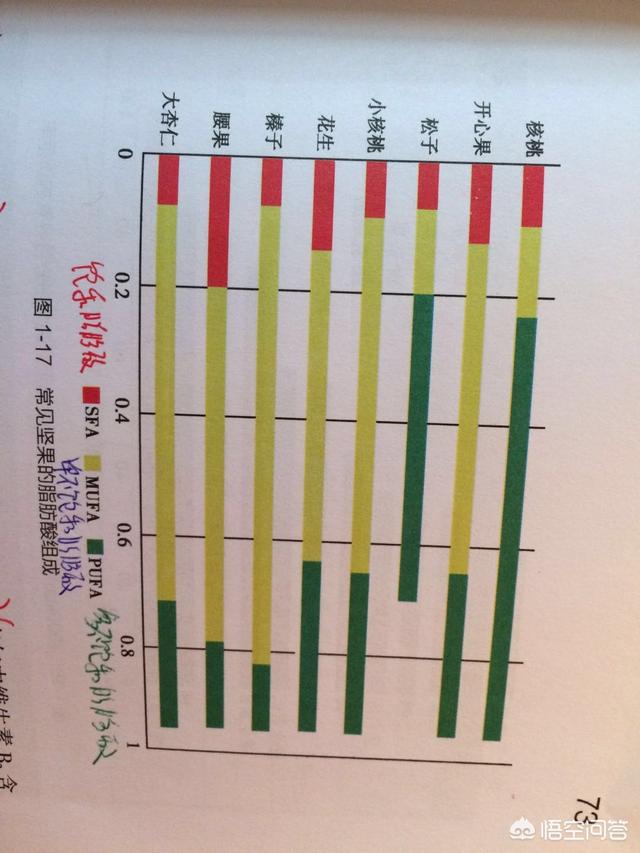
2 Diabetic dietary taboos
Need to limit fat and protein intake
Since diabetes is easily combined with the development of atherosclerosis, it is necessary to limit the intake of fat, and diabetics should not eat foods that are too high in fat and cholesterol.
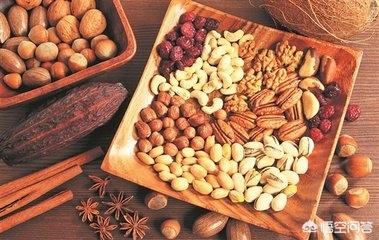
3 Nuts 2016 Dietary Guidelines for Chinese Residents
The book clearly states that nuts can be consumed 50 to 70 grams per week.
20 to 25 grams of shelled sunflower seeds per day (about a handful and a half)
15-20 grams of peanuts
2~3 walnuts
4 to 5 chestnuts, using plain nuts is preferred.
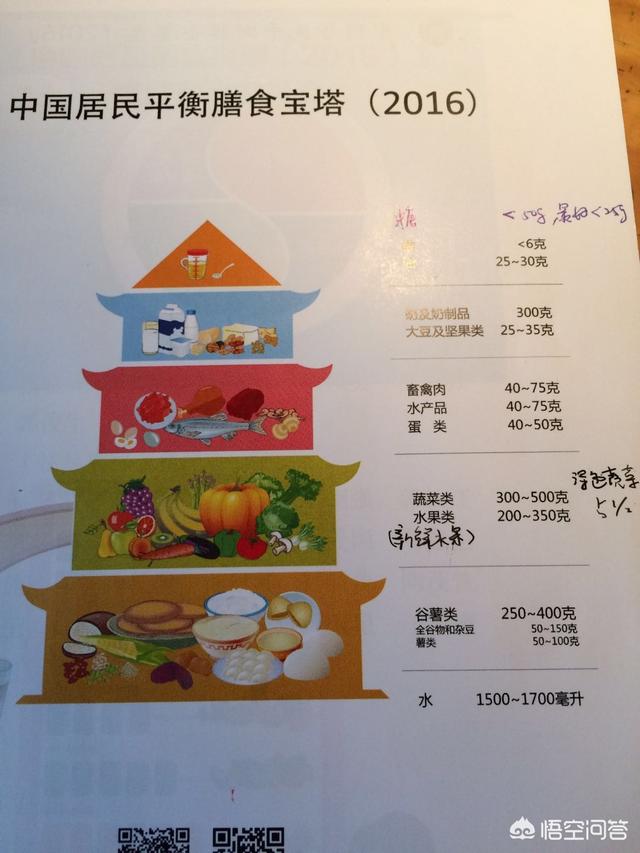
In summary, diabetics can eat nuts appropriately, but must control the amount, do not exceed the recommended amount of residential dietary guidelines.
Ying food nutrition said focus: diabetics can eat melon seeds, walnuts and other nuts, but pay attention to the amount, only a small handful per day, and try to choose the original flavor.
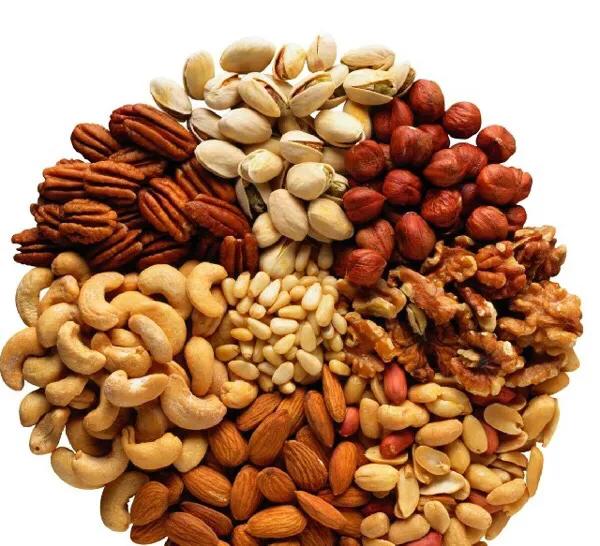
What is the nutritional value of nuts?
Nuts are rich in fat and protein, is a high-energy food. Nuts are also rich in vitamin E, minerals and B vitamins, fatty acids are mostly unsaturated fatty acids, about 70g of nuts per week, beneficial to cardiovascular health, but also conducive to lowering blood lipids. For diabetics also have certain benefits.
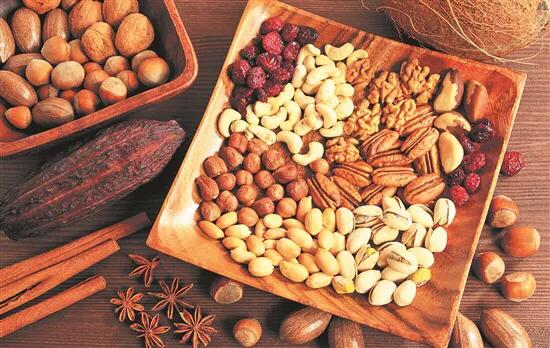
Nuts are good, but you must control the amount!
Although nuts contain many elements beneficial to the body, but must control the amount. Because there is too much fat in nuts, too much intake will cause excess energy, accumulation in the body, resulting in obesity, diabetes condition is not good control.
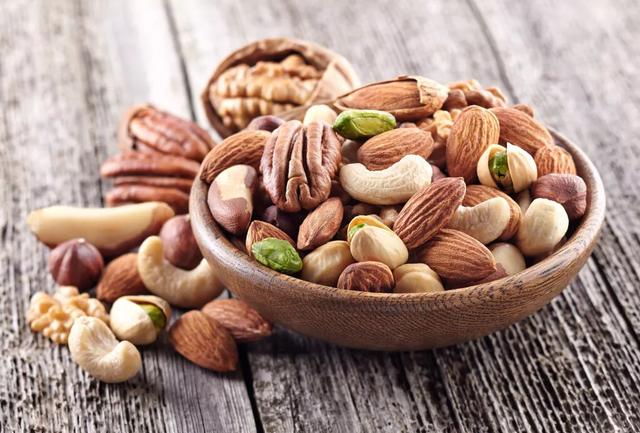 Always choose nuts in their original flavor!
Always choose nuts in their original flavor!
The original flavor of the nuts must be chosen to be able to identify the freshness of the ingredients, in addition to the original flavor of the salt content can be less, but also conducive to the control of diabetes.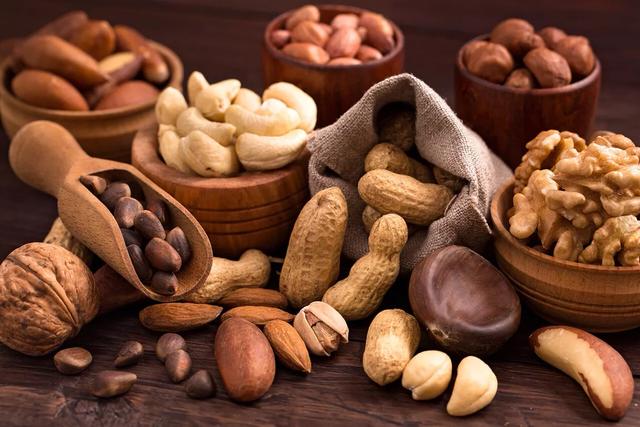
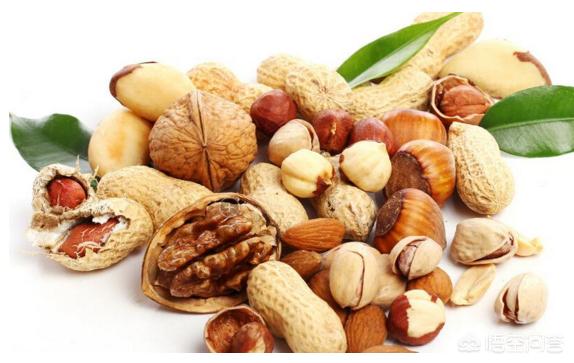
Nowadays, diabetics are more, diet is also more attention, some easy to cause blood sugar fluctuations in the magnitude of the food is also diabetic began to turn away. Melon seeds, walnuts, peanuts and other nuts are many people's favorite food, especially in the winter time, this is the most popular type of snacks, diabetics can eat these nuts?
Melon seeds, walnuts, peanuts and other nuts for diabetics can be eaten, diabetic pathogenesis has many factors, but the lack of protein can cause insulin synthesis problems, nuts are higher protein content of food, can make up for the lack of protein intake in the diet.
Nuts are high in protein and contain a certain amount of unsaturated fatty acids, these unsaturated fatty acids can be beneficial to reduce blood lipids, for cardiovascular and cerebrovascular health has certain benefits. Diabetic patients have more complications, moderate consumption of nuts can increase the body's immune system.
As good as nuts are, overconsumption can be harmful to the body. Even though nuts contain a certain amount of unsaturated fatty acids, these fatty acids are also fats and produce energy. If excessive consumption of nuts will cause excessive energy intake, causing obesity and other problems. For diabetics, it is appropriate to eat a handful of nuts per day, which means that the amount of various nuts added together is a handful of nuts with shells, rather than a handful of peanuts and a handful of melons to calculate this way.
When eating nuts should also pay attention to the taste of nuts, nowadays the taste of nuts is a variety of flavors, the original five flavors are no longer fresh. Caramel flavor, green tea flavor and other flavors of nuts have become more and more. These different flavors of nuts in the production process may add salt, sugar and food additives, we recommend that you try to choose the original flavor of nuts, which can eat the original flavor of nuts.

If you have a good suggestion for this issue, you are welcome to leave a comment below!
I am Wang Guizhen, welcome to pay attention to [Wang Guizhen dietitian] headline number, together to talk about health, so that we eat healthy, eat at ease!
This question and answer are from the site users, does not represent the position of the site, such as infringement, please contact the administrator to delete.